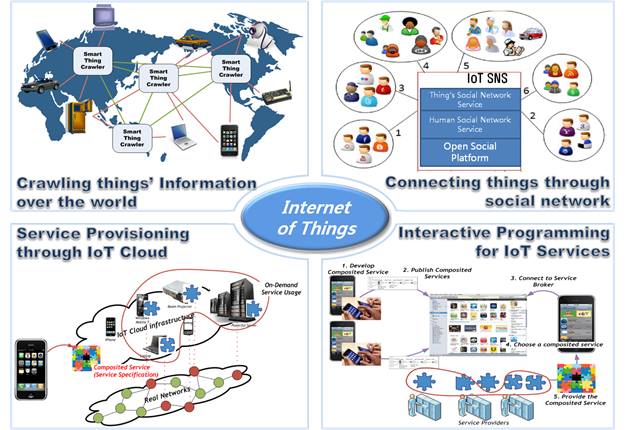Stay secure from IoT threats

THE Internet of things (IoT) data has grown exponentially. In 2021, there were more than 10 billion IoT devices worldwide, a number that IDC estimates will reach a global data generation of more than 73 zettabytes (or 73 trillion gigabytes) by 2025.
Whether you use a smartphone, computer or other IoT devices such as your smart doorbell, robot cleaners or app-enabled coffee machine, there are a few important things you need to do to ensure that you don’t let cybercriminals lurk around.
With cybersecurity solutions worldwide, Check Point Software Technologies cautions that the capabilities of cybercriminals are not fiction.
“Modern technology is playing an increasingly important role in our lives. We have digital wallets on our mobile phones, for example, and we use tablets for work instead of computers. As a result, our devices become clogged with sensitive personal and work-related personal and financial data, making them an attractive target for hackers.
“And IoT devices bring additional risks. With smart toys, cybercriminals could eavesdrop on your children, webcams could be used to record you while you change clothes, and voice assistants could spy on your home,” said Teong Eng Guan, Check Point Software Technologies’ regional director for Southeast Asia and Korea.
To make sure your data is safe, Teong advises the following:
LOCK YOUR DEVICE
Always lock your device either with a password, pattern, fingerprint or facial recognition.
PAY ATTENTION TO PASSWORDS
Always change the default passwords after the initial connection. Use complicated, unique passwords made up of upper- and lower-case letters, special characters and numbers. Strong passwords don’t have to be ridiculously complex. Don’t recycle passwords, and do not share them. Best still, change them every now and then.
TURN ON REMOTE SEARCH
Most devices offer a “find your phone” feature. This feature usually allows you to remotely lock and wipe the devices.
ACTIVATE MULTI-FACTOR AUTHENTICATION
Multi-factor authentication can reduce the possibility of an attack when you log into your account from a new device. If someone does try to log into your accounts, you will be alerted immediately.
DON’T DELAY UPDATES
Always use the latest versions of software on your device. The new versions have bugs fixed and vulnerabilities patched. Using outdated software can allow hackers to access your personal information.
CHECK YOUR PRIVACY SETTINGS
Smart devices, such as fitness bracelets, smart home devices or even smart toys, drones and voice assistants, collect information about you. Always review the privacy settings and turn off any features you don’t need.
REMOVE ALL UNNECESSARY APPLICATIONS
Many devices contain a number of pre-installed apps. Vulnerabilities in apps can make it easy for hackers to attack. Remove apps you don’t use to reduce the risk of an attack.
TURN OFF DEFAULT CONNECTIVITY
By default, your smartphone may automatically connect to an available WiFi network or Bluetooth device. Make sure this feature is turned off. While free WiFi is an attraction, it can also be a serious security threat, especially on public WiFi networks. If possible, avoid unsecured WiFi networks altogether. If you do have to use them, don’t access sensitive information, such as banking sites.
NST




